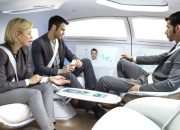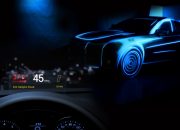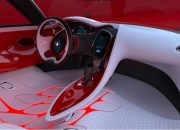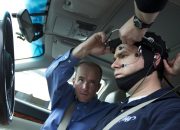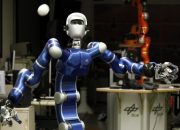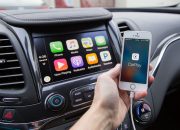While greater mainstream acceptance of fully autonomous vehicles promises a wide range of benefits, there are also plenty of drawbacks with this technology that often go overlooked. From motorists who are hesitant to turn over control of their vehicle to a machine to potential obstacles and situations that self-driving vehicles are still struggling to overcome, there are plenty of concerns that need to be addressed before these vehicles can take to the streets in greater numbers.
Automotive
As the name would imply, driverless cars are vehicles that do not necessarily need a driver in order to navigate roads. As it stands, most driverless cars are prototype models and are not used on or around public roadways. There are a few different types of driverless cars. Some would be used as delivery vehicles, cutting back on employment costs for certain businesses.
If there is one thing that is true about business, it’s that technology is constantly changing how companies complete their work. If you want to know what the future holds for businesses, there is perhaps no better place to start than investigating some of the emerging technologies currently gaining steam.
Automotive technology changes faster than you might think. Just as you’re getting comfortable with the features in your new car, new technology is rolled out that will change the way you look at vehicles forever. Understanding the changes that technology brings to cars won’t just change the way you think about your car today, but might change the way you look at driving in the future.
Driving while distracted is dangerous and has been an issue since the Secretary of Transportation made it his mission to put a stop to this very dangerous behavior. There are currently 39 states, plus the District of Columbia that have a ban on texting while driving. An additional 10 states plus Washington DC ban handheld cell use while driving. Distracted driving has been attributed with causing over 3,000 deaths in 2010 alone.
et with the introduction of such innovative technology, what’s being considered in terms of cybersecurity safety? As infotainment and connected services/internet features are more intricately wired into automotive systems, what’s to prevent malicious hackers from taking control of the steering wheel and simply driving it off the road?
In the past few years, the pace of global automation of industry processes has been increasing at a historically high rate. The remarkable rise in the demand for industrial robots has caused a double-digit in global sales of these valuable machines. The demand for factory robots has grown drastically not only in some countries but across the world.










